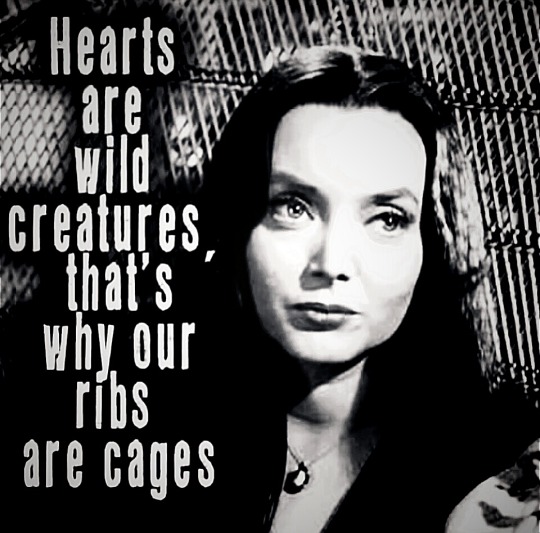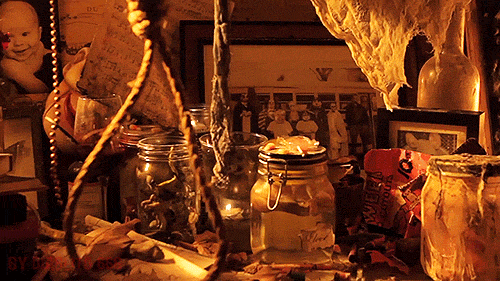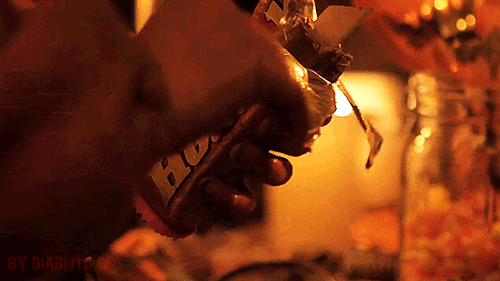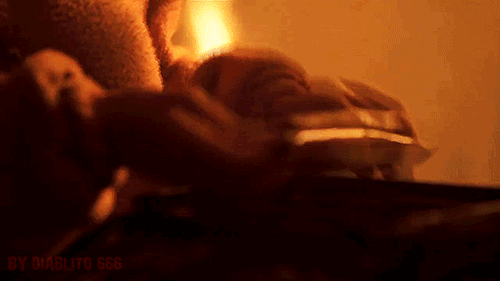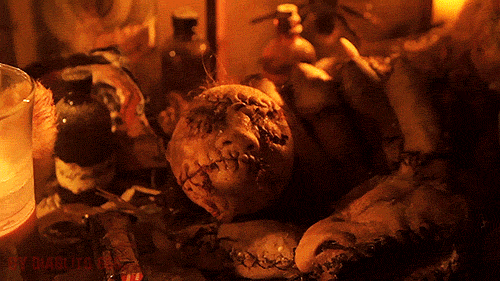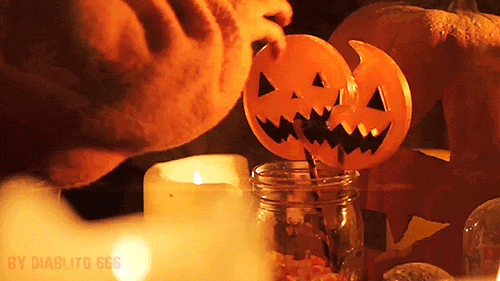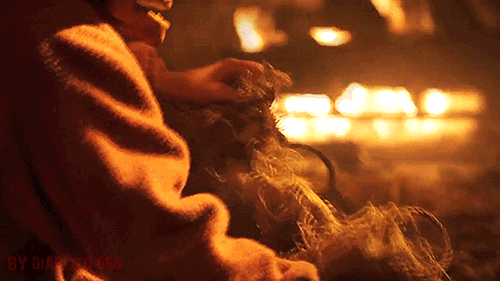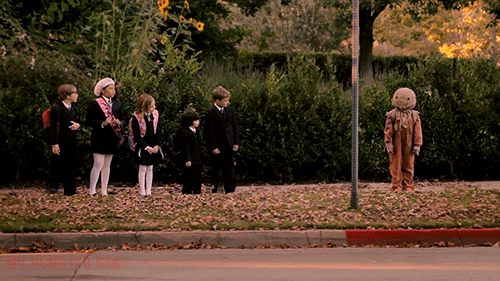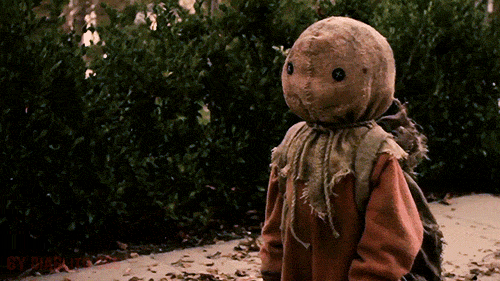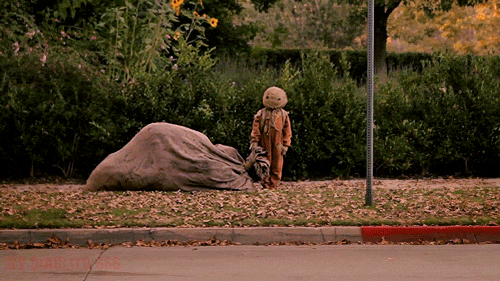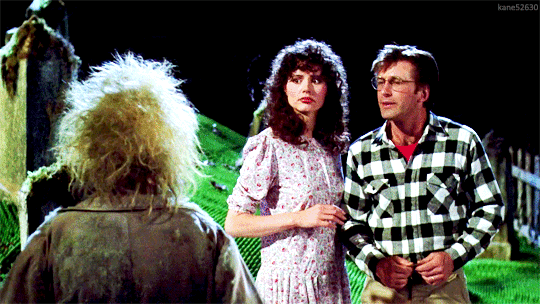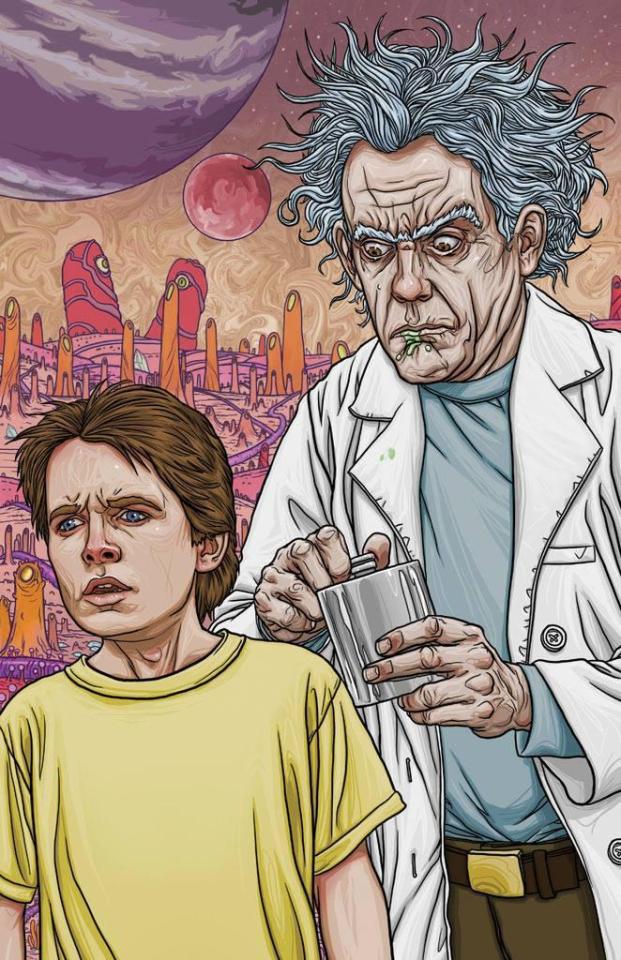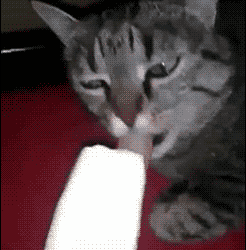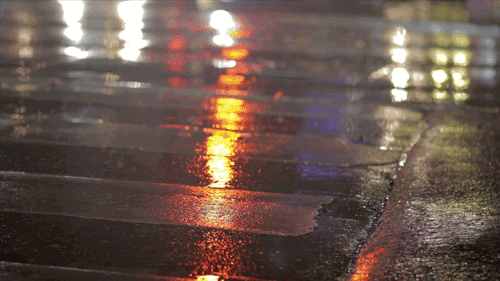Photo

Biologists Induce Flatworms to Grow Heads and Brains of Other Species
Biologists at Tufts University have succeeded in inducing one species of flatworm to grow heads and brains characteristic of another species of flatworm without altering genomic sequence. The work reveals physiological circuits as a new kind of epigenetics - information existing outside of genomic sequence - that determines large-scale anatomy.
The finding that head shape is not hard-wired by the genome but can be overridden by manipulating electrical synapses in the body suggests that differences in species could be determined in part by the activity of bioelectrical networks. The discovery could help improve understanding of birth defects and regeneration by revealing a new pathway for controlling complex pattern formation. It has long been known that neural networks exploit bioelectric synapses to store and re-write information in the brain.
The findings are detailed in the cover story of the November 2015 edition of the International Journal of Molecular Sciences, appearing online Nov. 24.
Tufts biologists induced one species of flatworm – G. dorotocephala, top left – to grow heads and brains characteristic of other species of flatworm, top row, without altering genomic sequence. Examples of the outcomes can be seen in the bottom row of the image. Center for Regenerative and Developmental Biology, School of Arts and Sciences, Tufts University.
846 notes
·
View notes
Photo
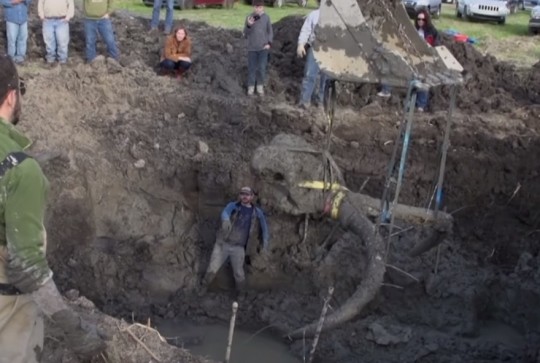
Farmer finds 15,000-year-old woolly mammoth remains in Michigan field
James Bristle and a friend were digging in his southern Michigan soybean field when they unearthed what looked like a bent fence post, caked with mud. Instead, it was part of a pelvis from an ancient woolly mammoth that lived up to 15,000 years ago.
A team of paleontologists from the University of Michigan and an excavator recovered about 20% of the animal’s skeleton this week in Washtenaw County’s Lima Township. Aside from the pelvis, they found the skull and two tusks, along with numerous vertebrae, ribs and both shoulder blades.
“We think that humans were here and may have butchered and stashed the meat so that they could come back later for it,” Daniel Fisher, the scientist who led the dig, said Friday.
1K notes
·
View notes
Text
Be still, my heart.
The Academy Is... Confirm ‘Almost Here’ 10 Year Anniversary Tour this December
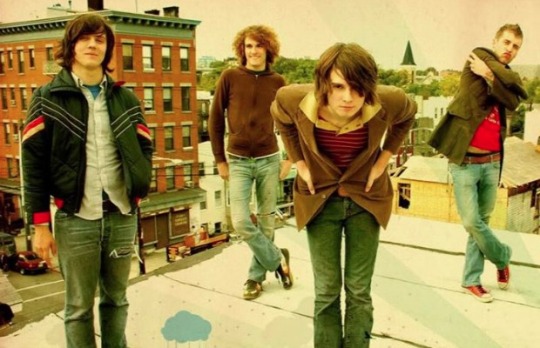

The Academy Is… just confirmed at Riot Fest Chicago that they’ll be embarking on a 10-year anniversary tour for their album Almost Here this December. We just received confirmation from a trusted source, but you can check out a recently live feed from twitter below.
Keep reading
608 notes
·
View notes
Photo
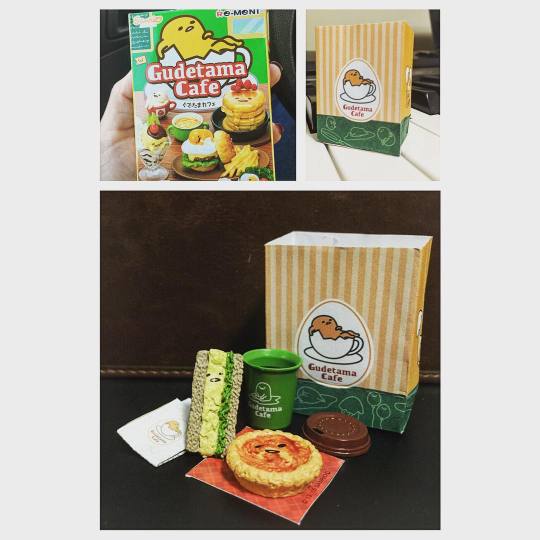
I couldn't resist. Gudetama takeout number 8. ❤️ #gudetama #blindbox #gudetamacafe #minorobsession #sanrio (at Tokyo Japanese Lifestyle in Brea)
1 note
·
View note
Photo
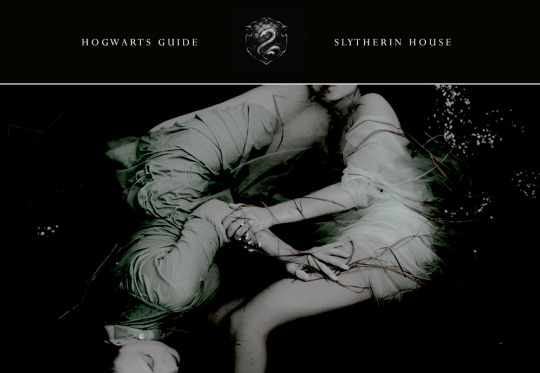
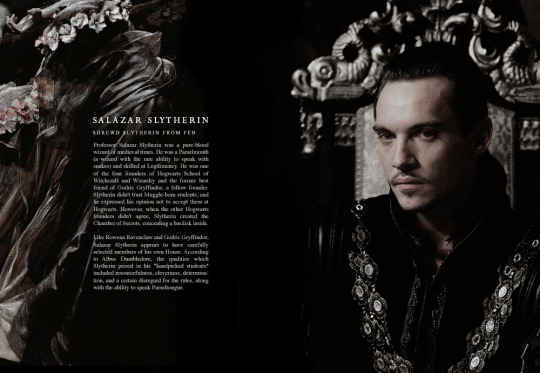


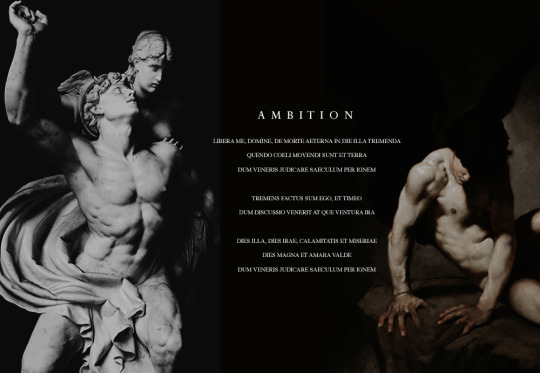
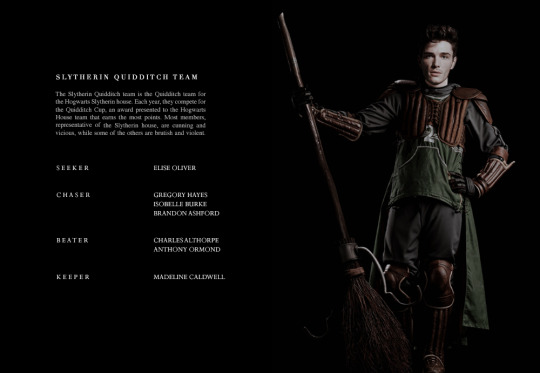


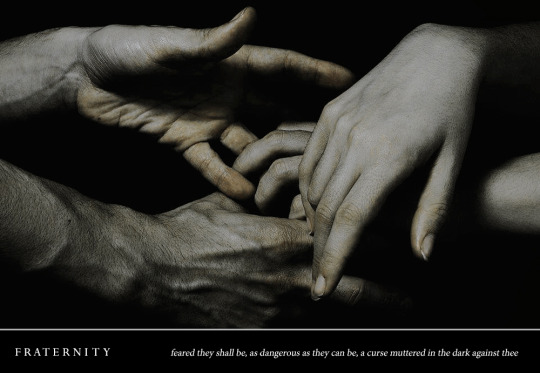
A 2015-2016 HOGWARTS HOUSE GUIDE: S L Y T H E R I N H O U S E
I’m not interested in preserving the status quo; I want to overthrow it
8K notes
·
View notes
Photo
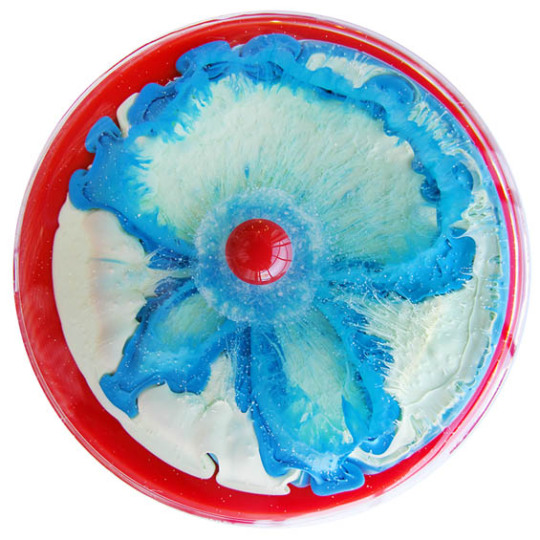
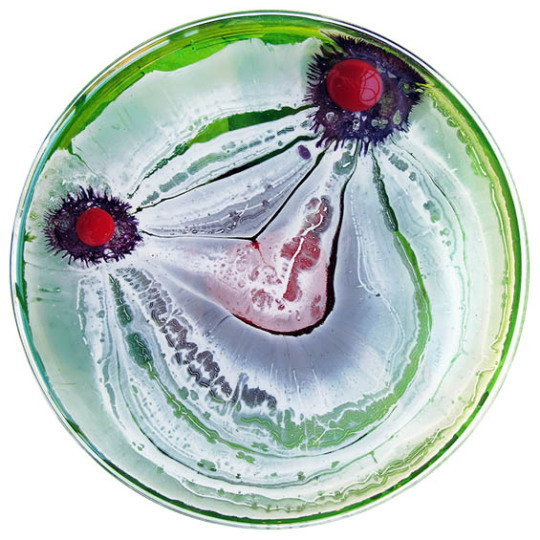
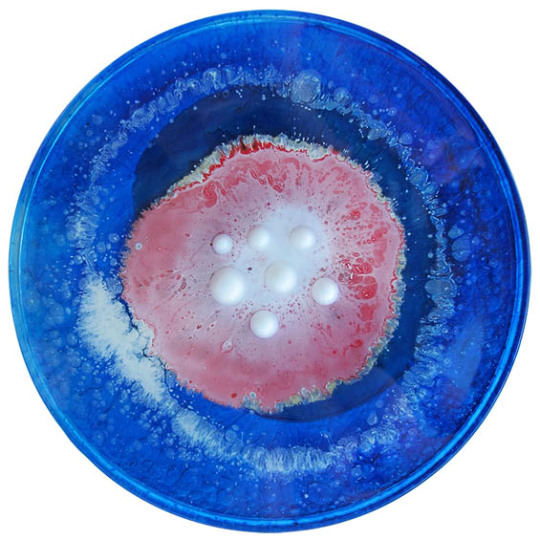
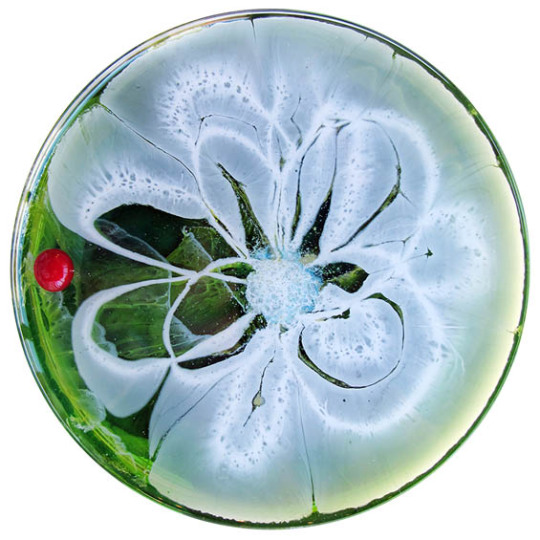
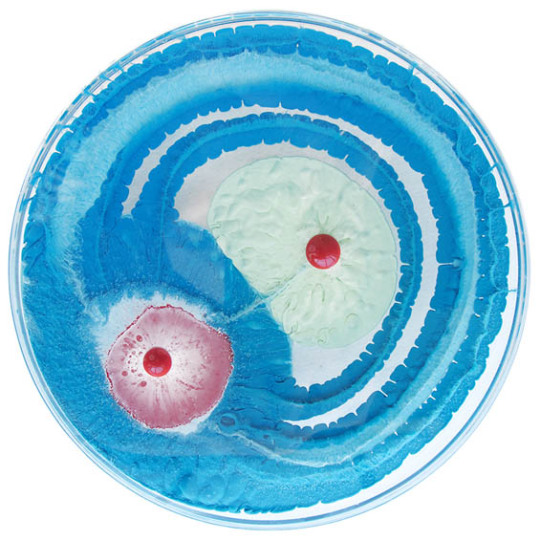
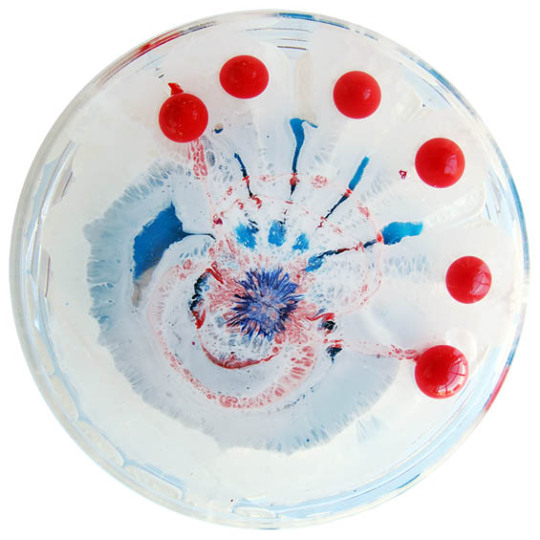
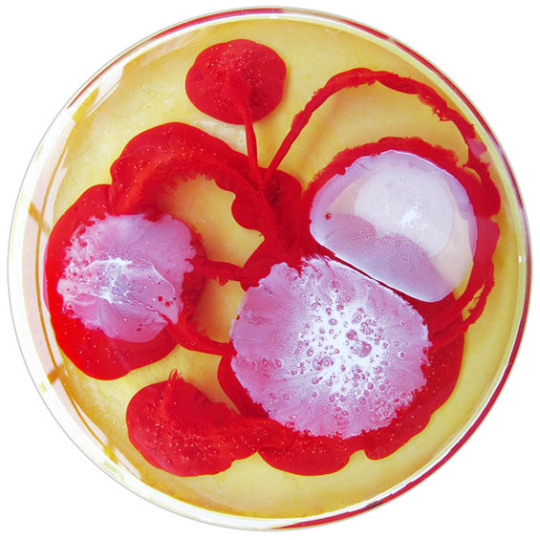
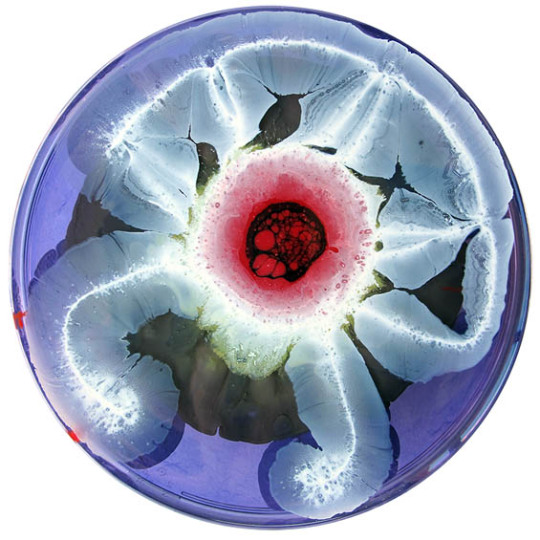
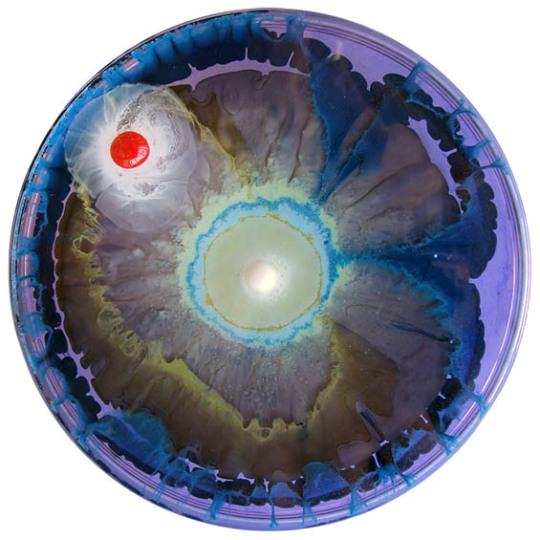
Klari Reis Exploits Science And Chemistry To Create Striking Petri Dish Paintings
San Fransisco based chemist/artist Klari Reis hand paints a plexiglass petri dish every day in her latest project A Daily Dish.
But it is not just superficial, decorative painting, Reis fills the actual form with different layers of epoxy polymers pigmented with oils, acrylics, powders, and dyes. Manipulating the transparency, opacity, color intensity, size and forms of the different elements, she produces mini abstract ‘paintings’. They are colorful, playful and optimistic-looking examples of how beautifully science and art can exist as one and the same. via:beautifuldecay
2K notes
·
View notes
Conversation
rick and morty: a summary
morty: you can't just do that rick!
rick: yeah well guess what morty
61K notes
·
View notes
Photo
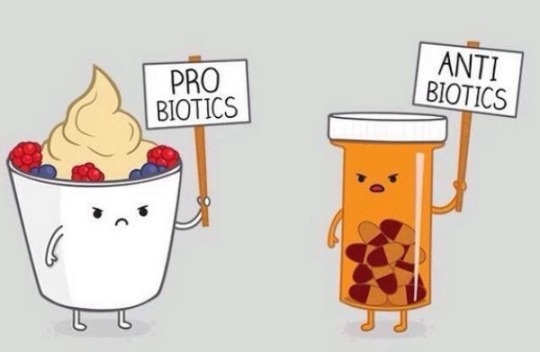
With all the biochemistry jokes being thrown around, here’s one from my end of the biology spectrum!
14K notes
·
View notes


